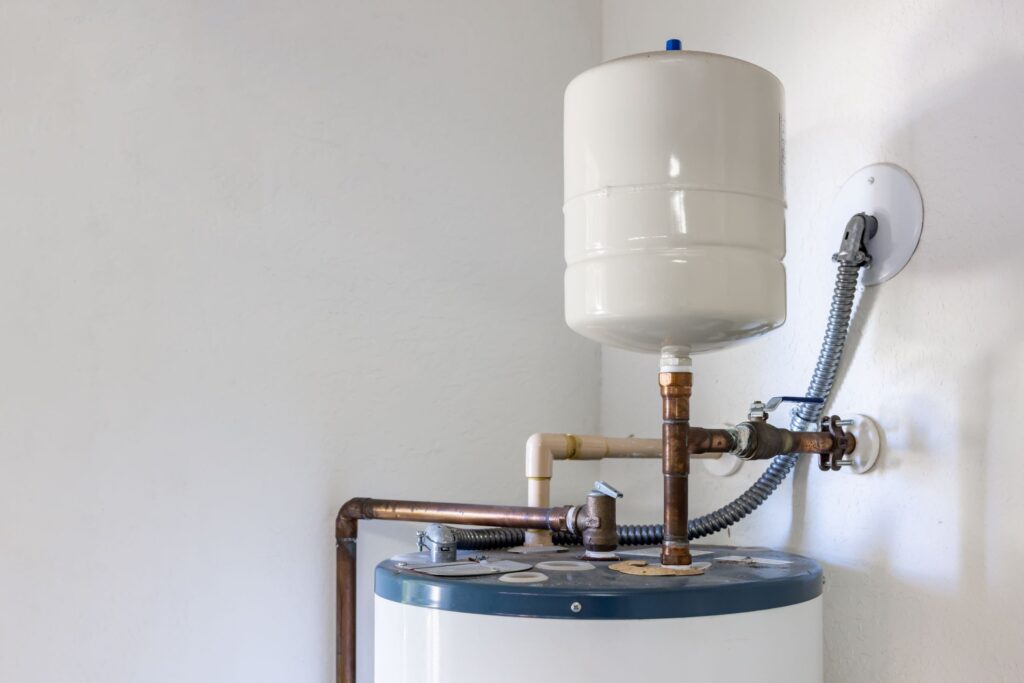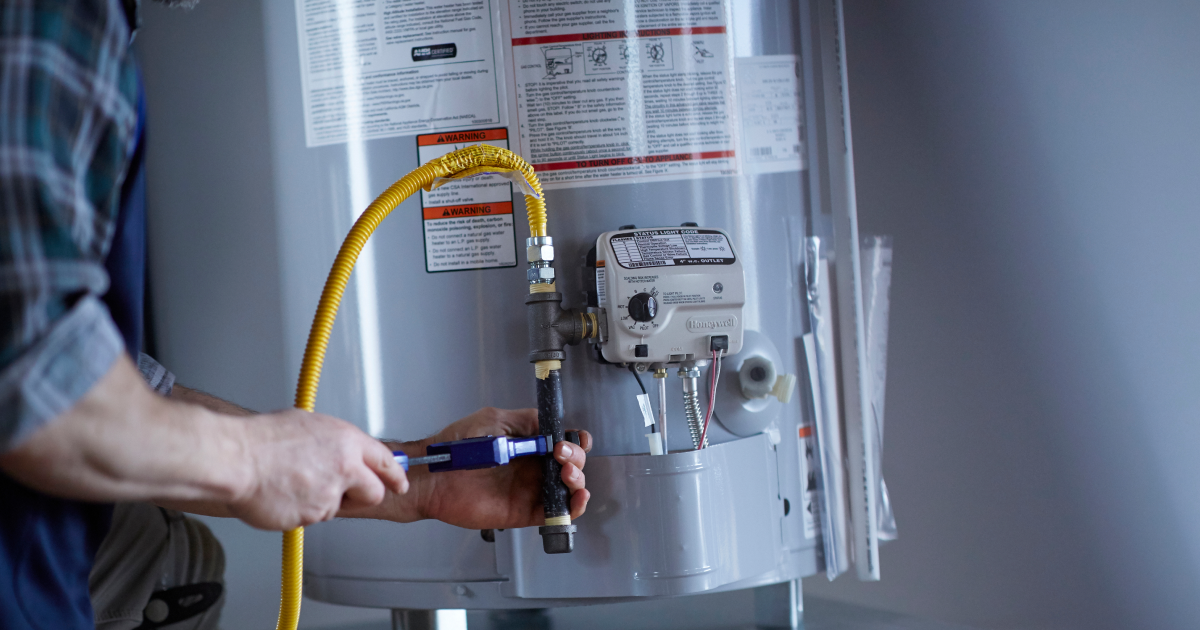Simple Ways to Maintain Your Home's Hot Water System Effectively
Simple Ways to Maintain Your Home's Hot Water System Effectively
Blog Article
The article following next pertaining to What Kind of Maintenance Do Water Heaters Need? is fairly insightful. Read it yourself and see what you think about it.

Hot water is essential for day-to-day convenience, whether it's for a refreshing shower or cleaning meals. To guarantee your warm water system runs efficiently and lasts much longer, routine maintenance is vital. This post gives functional suggestions and insights on exactly how to maintain your home's warm water system to prevent disruptions and expensive repair work.
Introduction
Maintaining your home's hot water system may appear difficult, however with a couple of easy steps, you can guarantee it runs smoothly for several years to come. This overview covers whatever from understanding your hot water system to do it yourself maintenance suggestions and knowing when to call in professional aid.
Relevance of Maintaining Your Warm Water System
Regular upkeep not just expands the lifespan of your warm water system but also guarantees it operates successfully. Disregarding upkeep can bring about reduced efficiency, higher energy expenses, and also premature failing of the system.
Signs Your Warm Water System Requirements Maintenance
Recognizing when your hot water system requires attention can prevent major problems. Look out for signs such as inconsistent water temperature level, unusual sounds from the heating system, or rusty water.
Recognizing Your Warm Water System
Prior to diving right into maintenance jobs, it's practical to understand the fundamental elements of your warm water system. Usually, this consists of the water heater itself, pipelines, anode rods, and temperature level controls.
Monthly Maintenance Tasks
Normal regular monthly checks can aid capture small issues prior to they rise.
Purging the Hot Water Heater
Flushing your hot water heater removes sediment buildup, enhancing efficiency and extending its life.
Monitoring and Replacing Anode Rods
Anode poles prevent deterioration inside the tank. Checking and changing them when broken is crucial.
Inspecting and Adjusting Temperature Setups
Changing the temperature level settings guarantees ideal performance and security.
DIY Tips for Maintenance
You can carry out a number of maintenance jobs on your own to keep your warm water system in leading condition.
Looking for Leaks
Consistently evaluate pipes and connections for leaks, as these can lead to water damage and higher costs.
Evaluating Pressure Alleviation Valves
Testing the pressure relief valve ensures it functions appropriately and stops extreme stress accumulation.
Shielding Pipelines
Protecting warm water pipelines decreases warmth loss and can save energy.
When to Call a Professional
While DIY upkeep is advantageous, some issues need professional experience.
Complex Issues Needing Specialist Assistance
Examples consist of major leakages, electrical issues, or if your water heater is regularly underperforming.
Routine Specialist Upkeep Advantages
Expert upkeep can consist of thorough examinations, tune-ups, and making certain conformity with safety and security standards.
Conclusion
Routine upkeep of your home's warm water system is vital for efficiency, longevity, and price savings. By following these tips and knowing when to look for specialist help, you can make certain a trustworthy supply of hot water without unexpected disruptions.
How to Maintain an Instant Hot Water Heater
Before tinkering with your hot water heater, make sure that it’s not powered on. You also have to turn off the main circuit breaker and shut off the main gas line to prevent accidents. Also turn off the water valves connected to your unit to prevent water from flowing into and out of the appliance. 2. When you’re done, you have to detach the purge valves’ caps. These look like the letter “T†and are situated on either side of the water valves. Doing so will release any pressure that has accumulated inside the valves while at the same time avoid hot water from shooting out and burning your skin. 3. When the purge valves’ caps are removed, you have to connect your hosing lines to the valves. Your unit should have come with three hoses but if it didn’t, you can purchase these things from any hardware or home repair shops. You can also get them from retail stores that sell water heating systems. Read the user’s manual and follow it to complete this task properly. When the hosing lines are connected, open the purge port’s valves. 4. You should never use harsh chemical cleaners or solutions when cleaning your unit. Make use of white vinegar instead. It should be undiluted and you’ll probably use about 2 gallons. 5. Now flush your water heater. This task should probably take about 40 minutes. We can’t give you specific directions for this because the procedure is carried out depending on the type, model and brand of your heater. With that being said, refer to the user’s manual. 6. When you’re done draining the unit, you have to turn off the purge port valves again. Remove the hosing lines that you earlier installed on each of the water valves. Put the valve caps (purge port) back in their respective places and be very careful so as not to damage the rubber discs that are found inside these caps. 7. Now that everything’s back in place, check your user’s manual again to find out how to reactivate your water heating system. 8. Once it is working, turn one of your hot water faucets on just to let air pass through the heater’s water supply pipes. Leave the tap on until water flows smoothly out of it. https://www.orrplumbing.com/blog/2014/september/how-to-maintain-an-instant-hot-water-heater/

Do you appreciate more info about Tips For Maintaining Your Hot Water Heater? Leave feedback directly below. We will be happy to know your opinion about this blog. In hopes that you come back again soon. Be sure to pause to promote this blog if you enjoyed reading it. Thanks a bunch for your time. Come back soon.
Free Estimates Report this page